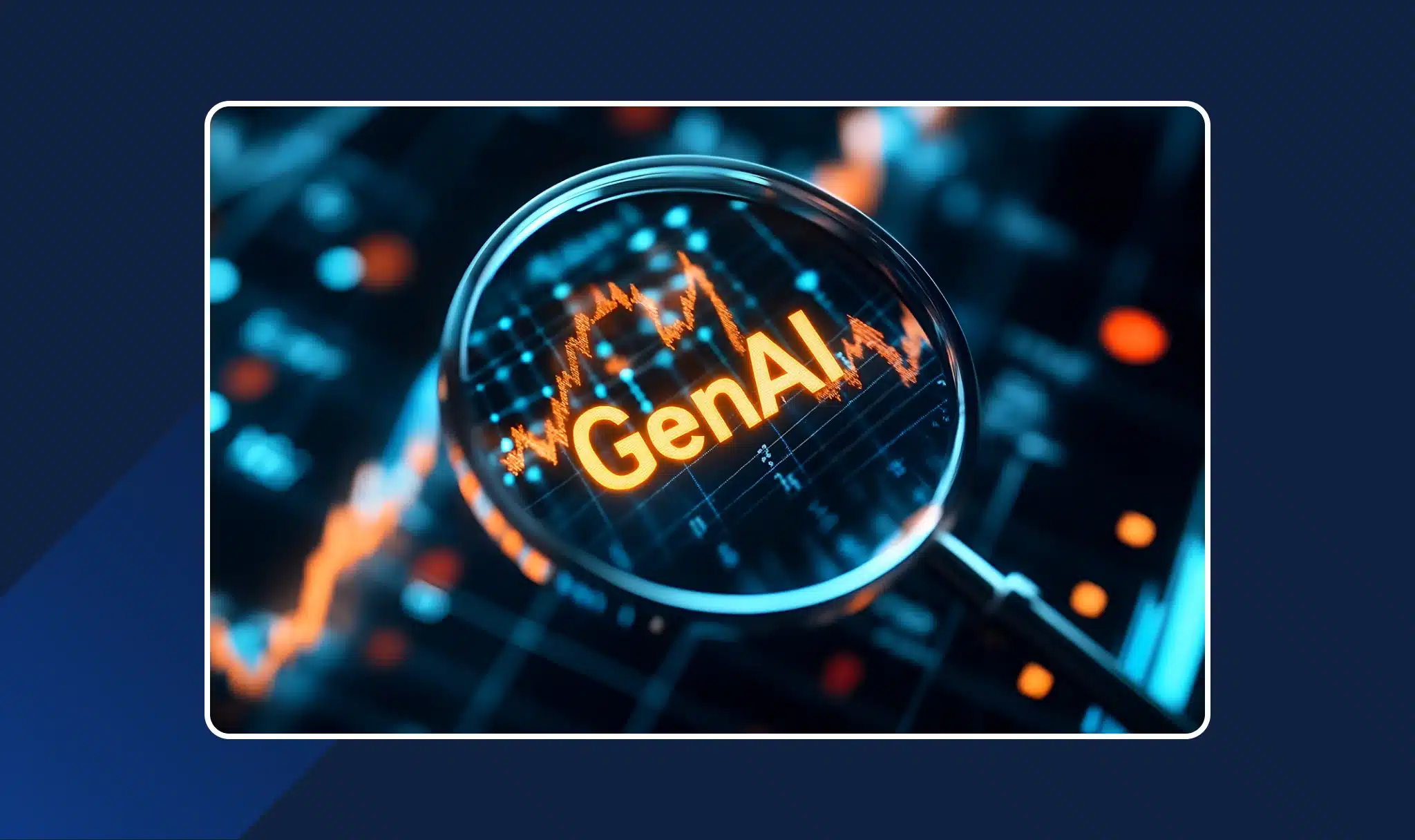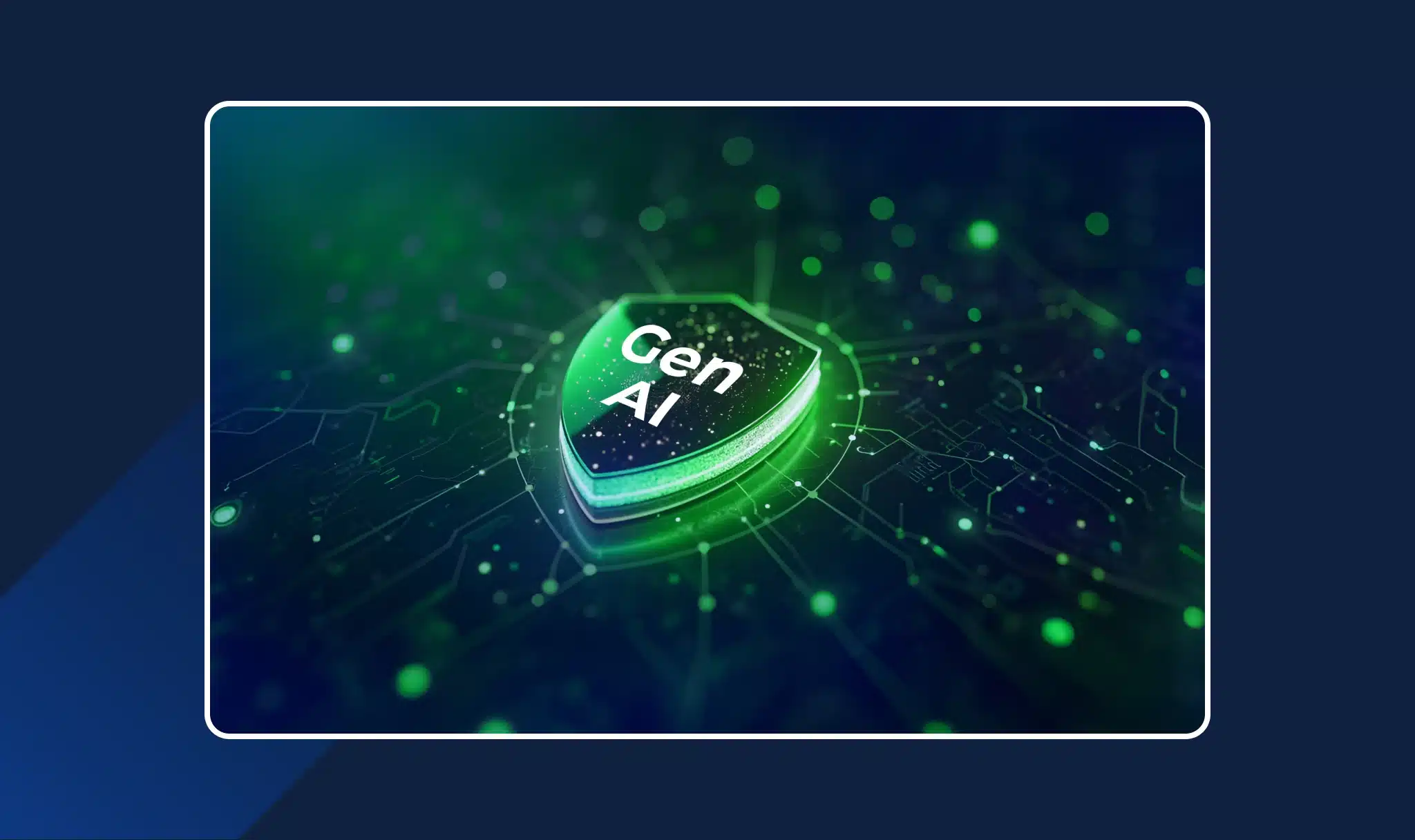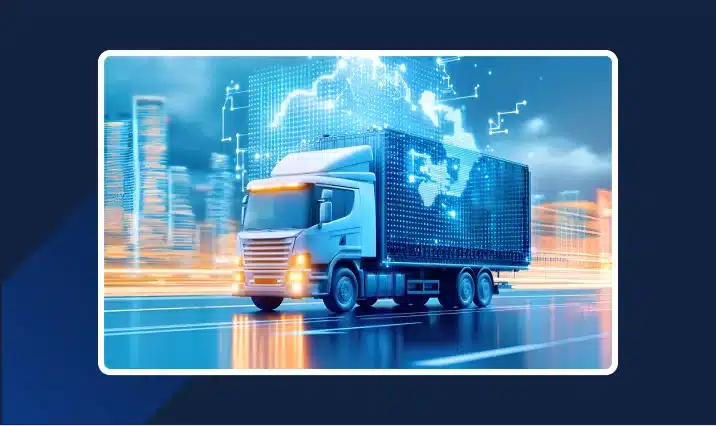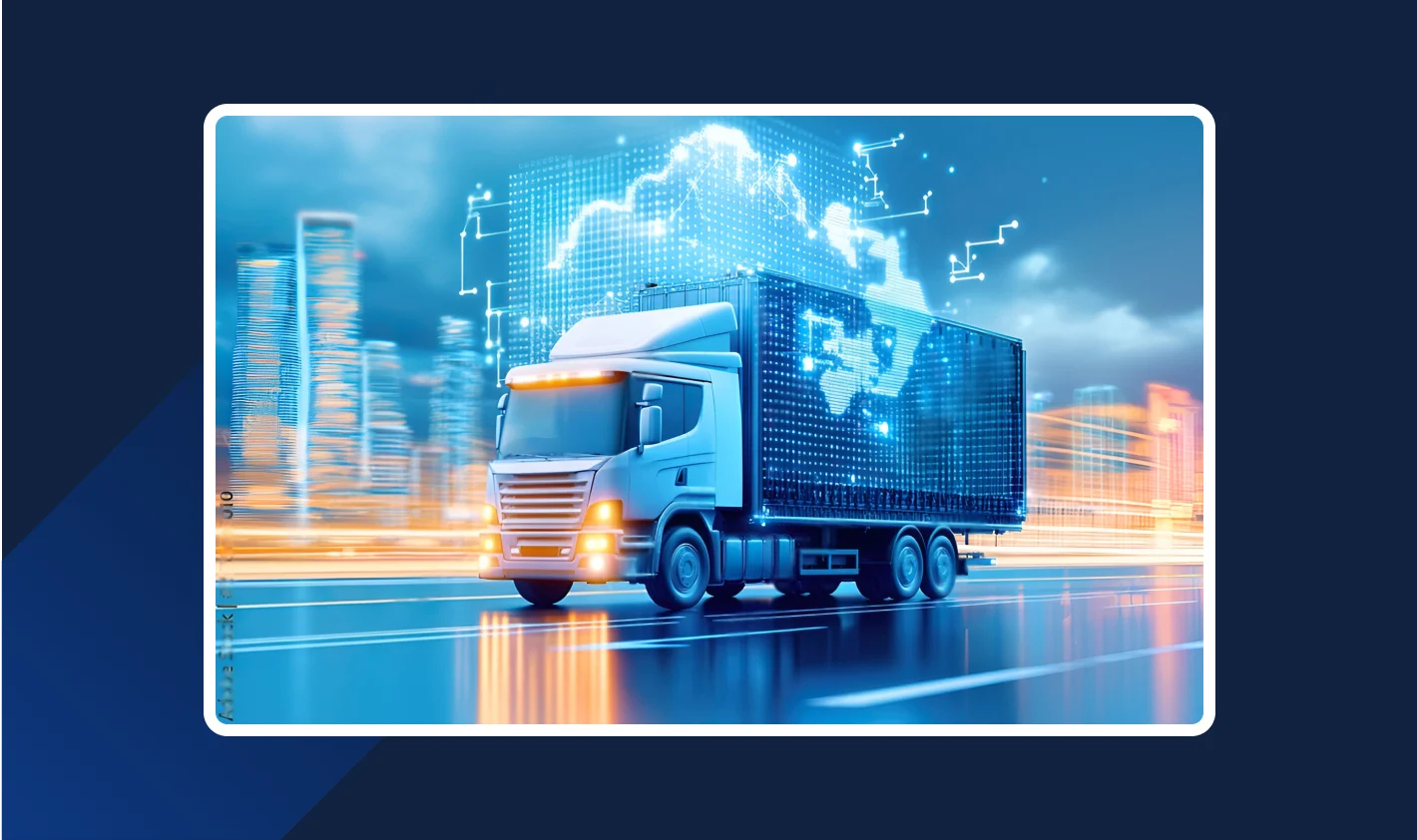
Generative AI has moved faster than any technology in recent memory. Pilots are everywhere — in customer support, software engineering, logistics, marketing, even compliance. But ask most leaders to prove return on investment, and you’ll get a pause, followed by anecdotes about “time saved” or “fewer errors.” For a boardroom that runs on financial evidence, that’s not enough. What companies need is a structured way to show causality, quantify benefits, and present numbers that finance teams actually trust.
Why ROI proof is harder than adoption
Studies from MIT, McKinsey, and others show productivity gains ranging from 20 to 66 percent, depending on the function. Developers using AI coding tools finish tasks up to 56 percent faster, while knowledge workers using AI for writing complete assignments 40 percent quicker and make 40 percent fewer errors. Contact centers deploying AI assistants have cut average handle times by as much as 24 percent across tens of thousands of tickets, while improving customer satisfaction scores into the 90 percent range. These are impressive numbers.
But here’s the catch: most pilots don’t survive contact with production. A 2025 MIT meta-analysis covering 300 enterprise deployments found that only five to eight percent produced reproducible business outcomes once scaled. The reasons are familiar — weak experiment design, no control group, missing baselines, or hidden costs that eroded benefits. It means the ROI narrative has to shift from “look what this pilot did” to “here’s why the improvement is real, material, and repeatable.”
The cost stack leaders often forget
To build that narrative, you first need clarity on costs. Token fees alone vary wildly — from twenty-five cents to seventy-five dollars per million tokens, depending on the model. GPU costs swing from three dollars an hour for older NVIDIA V100s to almost ninety dollars for top-end H100 clusters. Enterprise licenses for AI platforms often start at five thousand dollars per month and climb above one hundred thousand depending on scale.
And those are just the visible costs. Research shows data preparation can consume 25 to 40 percent of the budget, while change management — training, workflow redesign, and governance — takes another 15 to 30 percent. Ongoing monitoring and evaluation often add ten to twenty percent annually. Without including these line items, ROI calculations quickly become fiction.
Value that’s visible in the right metrics
The upside, however, is equally well documented. Developers in large enterprises using Copilot or Watsonx report 25 to 38 percent faster coding and testing cycles, with a Faros AI telemetry study of 10,000 engineers showing a near doubling of pull requests merged. In customer service, Microsoft’s 2025 deployment of agent-assist features cut case handling time by up to 16 percent while lifting first-contact resolution by 31 percent. B2B sales teams using GenAI for outreach booked twice as many meetings as control groups, and win rates climbed by 25 to 30 percent.
Operations data is just as striking. Automotive manufacturers using GenAI scheduling reduced downtime by 20 percent and improved schedule adherence by 25 percent, while logistics giants like DB Schenker saved €45 million annually by cutting delay incidents by more than a third. In healthcare administration, coding accuracy has reached 98 percent in some deployments, reducing denied claims by over 20 percent.
These aren’t vanity metrics. They are the same KPIs already tracked in operations dashboards — handle time, win rate, cycle time, schedule adherence, error rate. Linking GenAI impact directly to these numbers makes ROI tangible.
Experiments that withstand scrutiny
To convince a CFO, though, you need causality. That’s where structured experiment design comes in. Baselines are essential: two to four weeks of pre-rollout data to establish the “before.” Controls matter just as much. Netflix famously uses randomized A/B tests for even thumbnail personalization, saving an estimated billion dollars a year by reducing churn. Siemens applied difference-in-differences analysis to its factories, showing a 15 percent reduction in production time and a 12 percent cut in costs compared to matched control lines.
Statistical rigor also requires adequate sample sizes. If your baseline conversion rate is three percent and you want to detect a 20 percent uplift with confidence, you need around 13,000 users in the test. Underpowered pilots give the illusion of gains that disappear at scale. CFOs and risk teams know this, which is why flimsy data rarely passes the boardroom test.
Financial framing that boards understand
Once benefits are real, the math itself is straightforward. ROI equals benefits minus costs, divided by costs. Payback period is the initial investment divided by the monthly net benefit. Net Present Value discounts future gains back to today, showing whether the project actually creates value once risk is priced in. Internal Rate of Return tells you if the investment beats your cost of capital.
These aren’t abstract formulas. JPMorgan’s COIN platform, which automated the review of loan contracts, delivered $360 million in annual savings with a payback period of less than a year. Other firms now run sensitivity analyses that model best, mid, and worst outcomes under varying adoption rates and token costs. The result is credibility: finance teams can test the assumptions rather than take claims on faith.
The hidden gotchas that erode ROI
Even with evidence, ROI can collapse if governance is weak. Regulators fined OpenAI €15 million in Italy for privacy violations, while Clearview AI faced a €30.5 million penalty for scraping data without consent. Nvidia research shows that poor guardrails can triple operational costs due to false positives overwhelming human reviewers. And adoption is fragile: usage often peaks early and decays within twelve weeks if there isn’t sustained enablement. Structured training programs, AI champions, and incentives have been shown to raise adoption by 25 to 30 percent and shorten the ramp-up productivity dip by nearly half.
Snapshots of evidence, not just hope
When designed properly, ROI shows up clearly. Microsoft shrank logistics planning from four days to thirty minutes. DB Schenker’s control tower rerouted shipments within minutes, saving tens of millions annually. Hospitals boosted coder productivity by 40 percent while halving unbilled cases. An MIT randomized trial with more than twenty-one thousand e-commerce customers found GenAI video ads lifted engagement six to nine points while cutting production costs by ninety percent.
These aren’t just pilots. They are proof points where evidence replaced guesswork.
The challenge isn’t whether GenAI can produce ROI. It already does. The challenge is proving it in ways that survive audit and scale. That means designing experiments with baselines and controls, picking metrics that operations already trust, calculating costs honestly, and presenting financial models that boards recognize.
The companies that cross this chasm will not only secure budget but also credibility. They will move the conversation from “look what our pilot did” to “here’s what our business achieved.”
If you’re ready to shift from experiments to evidence, connect with the Amazatic team. We help organizations prove GenAI ROI without the guesswork.
Visit www.amazatic.com








